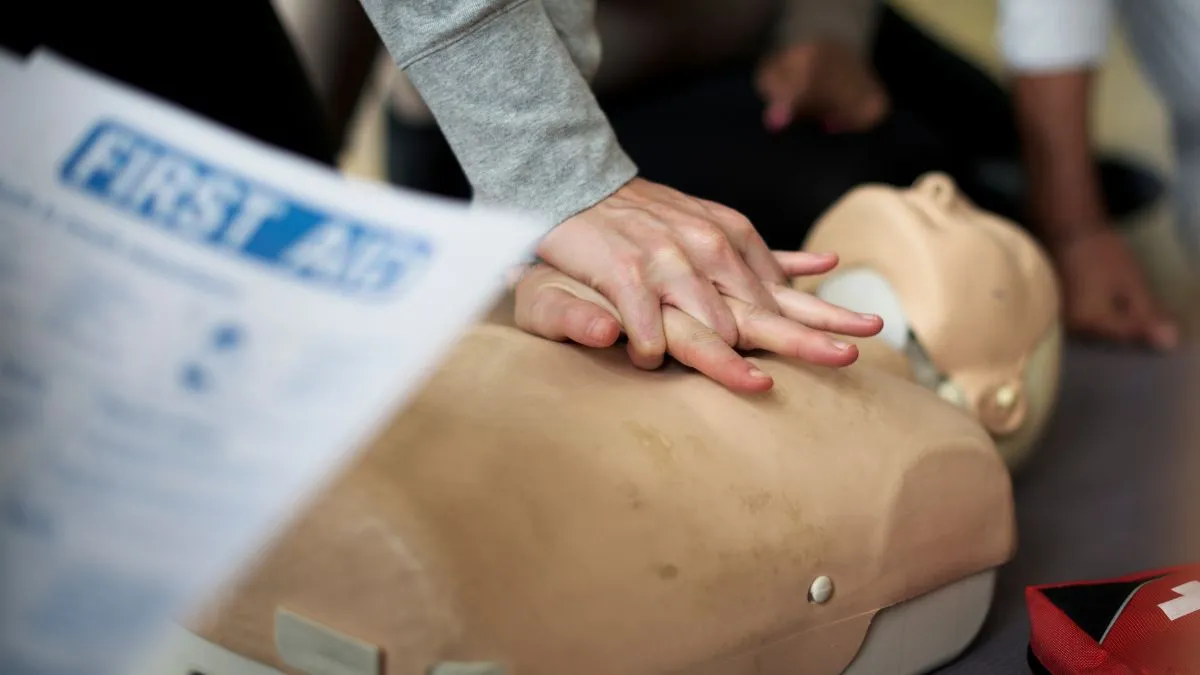
Emergencies can happen anywhere, on the road, at home, or even at your workplace. Frequently, the person who is standing nearest to the victim, a bystander, has the most potential to save their life. Bystanders are the people at the scene of an event who can voluntarily step forward to help, and their early assistance may reduce morbidity and mortality rates. However, a lot of bystanders are hesitant since they are unsure of what to do. According to WHO, timely aid can prevent 50 percent of deaths resulting from road accidents. Performing Cardiopulmonary Resuscitation (CPR) or alerting emergency services are some of the basic procedures that can drastically improve the chances of survival in the first few minutes, also known as the golden hour.
Table of Content:-
What To Do In Case of Medical Emergency
We spoke to Dr Amit Nabar, Director-Emergency Department & Community Medicine, SL Raheja Hospital, Mahim- A Fortis Associate who shared the right steps to do when a medical emergency arrives:
Below are a few things bystanders can do to help in cases of emergencies:
Check for responsiveness: Bystanders should first assess the individuals’ vital signs. Check to see if they are able to breathe or answer the question asked; if not, make arrangement to move them to nearby multi-specialty medical facilities.
Also Read: Seizure First Aid: Doctor Shares Essential Steps Everyone Should Know
Call for help immediately: Dail 108 or 112 and provide them with clear and concise details of your location, number of victims, any visual injuries you see, and whether or not the person is conscious. Providing this information is as critical as doing administering first aid.
Perform CPR: Bystanders should provide CPR if someone is unresponsive, has collapsed, or is not breathing properly. CPR ensures that the brain gets adequate oxygen; therefore, it is important that everyone learn how to perform this lifesaving procedure. Click here to know how to do CPR.
Stop bleeding: Use a clean cloth or, with clean hands, apply direct pressure on bleeding wounds to stop the bleeding. Maintain the pressure until help arrives, or you reach the nearest multi-specialty hospital.
Also Read: 6 Basic First Aid Skills You Should Know
Reassure the victim: Stay calm and continue to converse or engage in conversation with the injured person if they are conscious. In every emergency situation, individuals tend to panic, which increases the shock. Your presence and voice can bring comfort and reassurance to the victim.
Be prepared: We all must try to learn the basic lifesaving techniques like CPR. Learning first aid skills can build confidence among individuals during an event of emergency, and these skills might help you save lives.
Final Word
By stepping in during the golden hour, bystanders can become lifesavers. Emergencies don’t wait, and your decision to act fast can make a difference. You don’t need a medical degree to save a life, all you need is knowledge, awareness, and willingness to help. Carry a small emergency kit in your vehicle or bag and stay alert. When the moment comes, don’t stand by and watch; be the reason someone sees another day. --
Also watch this video
How we keep this article up to date:
We work with experts and keep a close eye on the latest in health and wellness. Whenever there is a new research or helpful information, we update our articles with accurate and useful advice.
Current Version